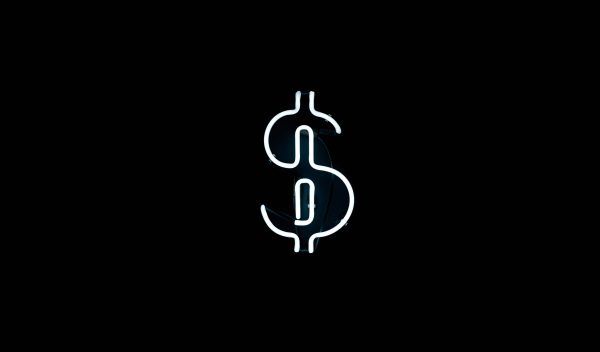
In our last Mequoda Magazine Consumer Study, we discovered that out of all the paid types of magazine content available online, adults in the US pay for news, most. If you’re in subscription marketing, this is an important take-away.
When we conducted the study, it was the first year we asked respondents what they pay for when it comes to print or digital magazine content. The results showed:
- 18.17% pay for news content
- 13.74% pay for instructional content
- 9.62% pay for advisory content
[text_ad]
News content is defined as articles or videos that are published multiple times per day on a current topic, with content that expires over time, and often expires quickly. Examples of paid news content would be subscriptions to the Economist, Businessweek, or The New Yorker.
Instructional content is defined as articles or videos that teach you how to make a recipe, how to fix your car door, how to paint your house, and other how-to content. Examples of paid instructional content would be subscriptions to Fine Woodworking, Cooks Illustrated, Ceramics Monthly, or I Like Crochet.
Advisory content is defined as articles or videos that tell you what to buy, where to go, and what to do. Examples of paid advisory content would be subscriptions to Consumer Reports, Yankee, and Barron’s.
Subscription marketing strategies are different across all of these types of content.
And yes, there is indeed a green elephant in the room when looking at these results, and it’s that news magazines are much more likely to charge for content, and are well versed in subscription marketing. If you want to read articles on the Economist website, you’ll need to cough up $12 for your first 12 weeks of access. Businessweek cuts you off at three articles, then you have to pay $1.99 per month. However, The New Yorker is the most aggressive of the bunch, offering just four free articles per month, and then $12 for 3 months, which rolls into a $99/year subscription after that.
The best-practice examples listed above for instructional content also have no trouble collecting dollars in exchange for premium content. If you’re a magazine publishing instructional content, Fine Woodworking, Cooks Illustrated, Ceramics Monthly, and I Like Crochet are great examples to follow. Unfortunately, they are part of a large niche of DIY magazines where nobody has to buy the cow, because their cows are handing out glasses of milk for free. Plus, there is an abundance of how-to content available online through YouTube and bloggers, making the task of charging for content more difficult.
Subscriptions to advisory-based magazines are more costly, which is why we think they ranked lowest. For example, a subscription is $59 per year for an all-access pass to Consumer Reports, and up to $30 per month for a print and digital subscription to Barron’s, depending on the current promotion.
How to get visitors to pay for news, instructional, and advisory content with subscription marketing
- Metered paywalls. The reason why people pay more for news content is because so many news websites use metered paywalls. The more magazine publishers ask people to pay for content, the more visitors will turn into subscribers.
- Keep premium content premium. Rather than giving away the milk for free, create shorter articles by excerpting, and then use search engine optimization strategies to use the new articles as traffic-drivers for your website.
- Create a content release policy. If you do decide to release full-length content that comes from your premium magazine, create an embargo before releasing it for free, for six to twelve months or longer.
Although we’re big advocates of using free content to attract, capture, and engage visitors, there are probably a number of sources you can pull from to create new articles that don’t cannibalize your premium content, and your archive is the first place to start.
What subscription marketing strategies are you using to sell news, instructional, and advisory content? Leave a comment below.


